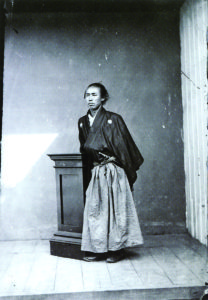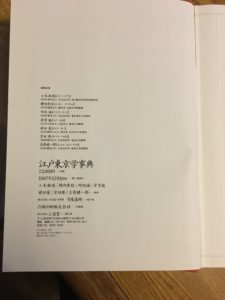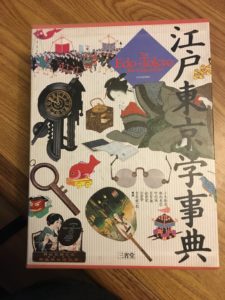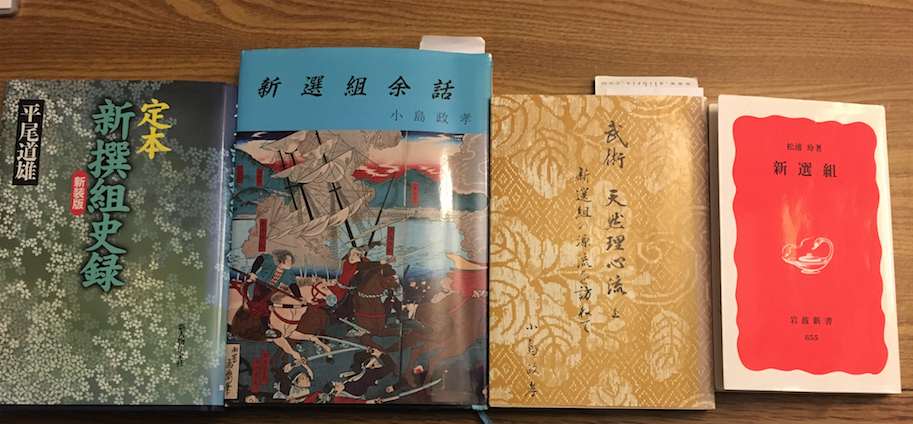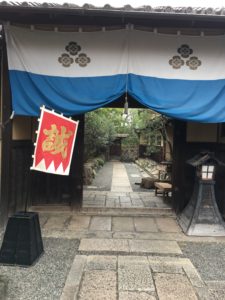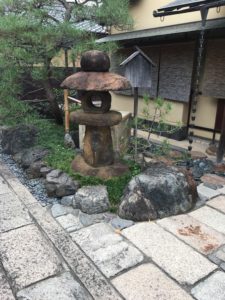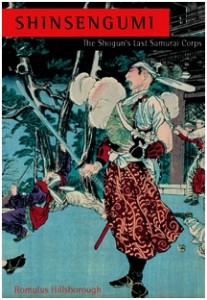The assassination of Sakamoto Ryōma on the eve of a peaceful revolution of his own design was a tragedy. Following is an excerpt (without footnotes) from Chapter 15 of Samurai Assassins:
Though Ryōma was the author of the plan for the peaceful restoration of Imperial rule, he was also a leading proponent of Tōbaku, “Down with the Bakufu.” These two seemingly contradictory stances underlie the tragedy of his assassination. In a letter to Ryōma dated Keiō 3/9/4 (1867), the Chōshū leader Katsura Kogorō, using the name Kido Junichirō, likened Tōbaku to a “Great Drama,” the final act of which was getting under way in Kyōto, as Satsuma and Chōshū, in collaboration with Court nobleman Iwakura Tomomi, prepared to destroy the Bakufu. With Ryōma’s assassination around two months later, on the eve of a peaceful revolution of his own design, that drama turned tragic.
Ryōma’s murder by multiple sword wounds to the body and a blow to the head from which his brains reportedly protruded even as he was still able to move around and speak, was as horrible as it was tragic. To fully understand the scale of Ryōma’s tragedy, we must realize that he was a visionary and a genius—if genius means to conceive of original ideas and to have the courage and audacity to bring them to fruition. The German philosopher Friedrich Nietzsche, Ryōma’s contemporary, alluded to genius, I think, with the following statement: “When a human being resists his whole age and stops it at the gate to demand an accounting, this must have influence.” Based on his determined resistance to the social iniquities and restraints under the Tokugawa Bakufu and its archaic feudal system, Sakamoto Ryōma influenced “his whole age” through a series of unparalleled historical achievements: Japan’s first trading company, the Satsuma-Chōshū Alliance, and his great plan for peaceful restoration of Imperial rule.
